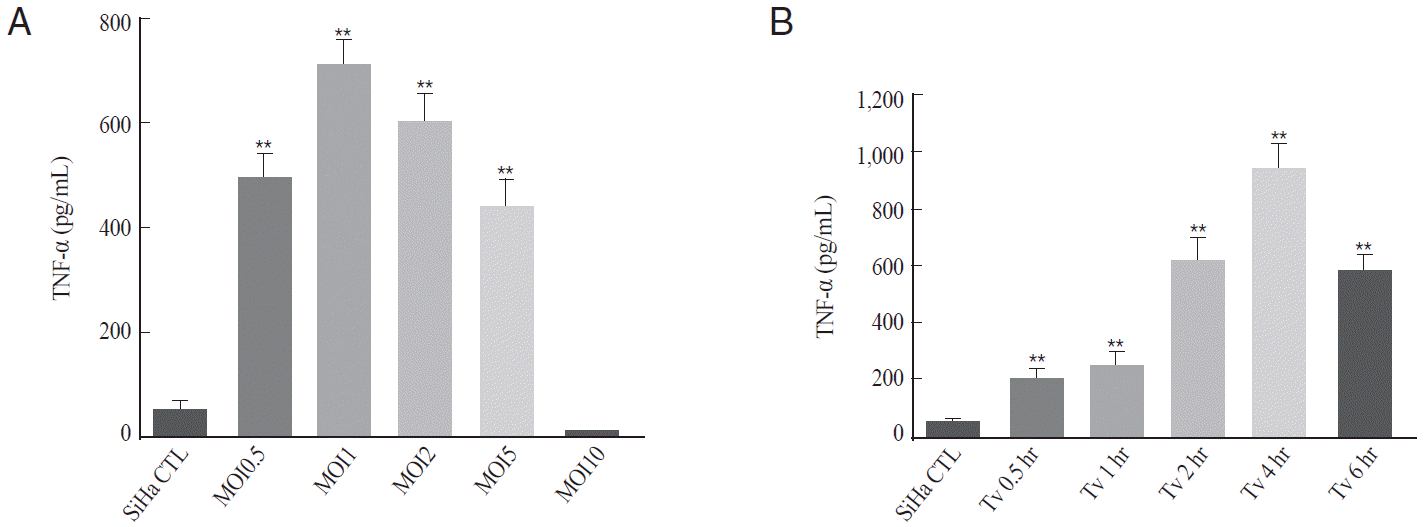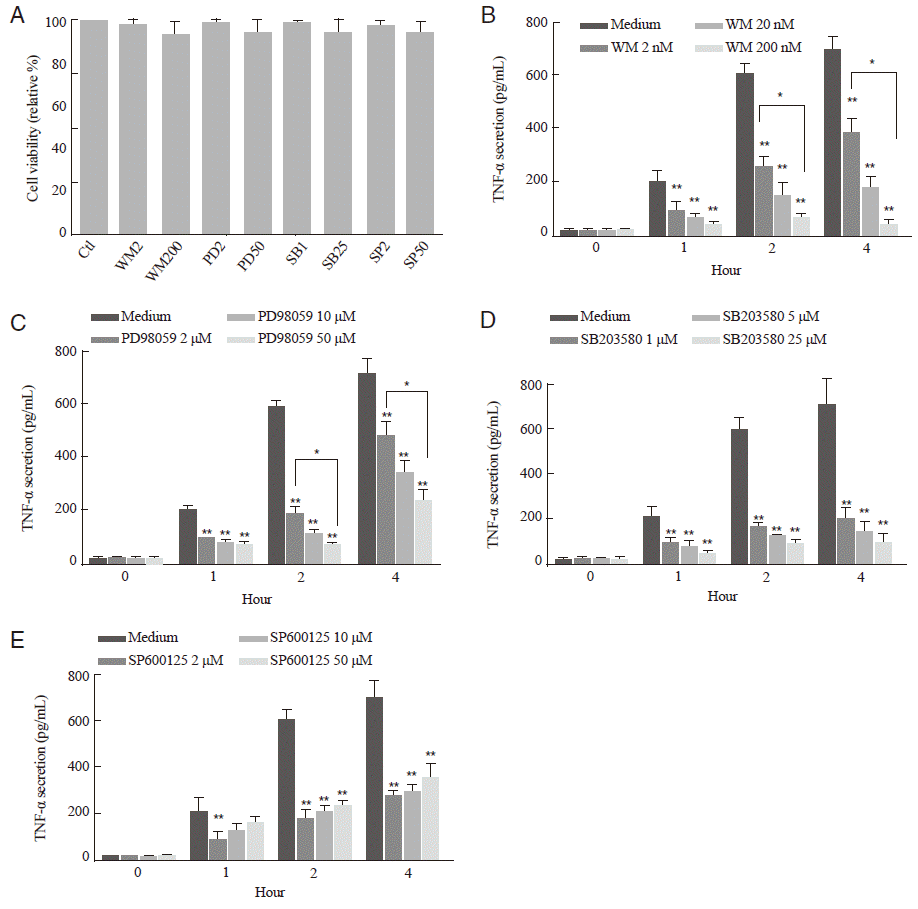1. Johnston VJ, Mabey DC. Global epidemiology and control of
Trichomonas vaginalis.
Curr Opin Infect Dis 2008;21:56-64.


2. Ryan CM, de Miguel N, Johnson PJ.
Trichomonas vaginalis: current understanding of host-parasite interactions.
Essays Biochem 2011;51:161-175.


3. Van der Pol B.
Trichomonas vaginalis infection: the most prevalent nonviral sexually transmitted infection receives the least public health attention.
Clin Infect Dis 2007;44:23-25.


4. Coleman JS, Gaydos CA, Witter F.
Trichomonas vaginalis vaginitis in obstetrics and gynecology practice: new concepts and controversies.
Obstet Gynecol Surv 2013;68:43-50.



5. Guenthner PC, Secor WE, Dezzutti CS.
Trichomonas vaginalis-induced epithelial monolayer disruption and human immunodeficiency virus type 1 (HIV-1) replication: implications for the sexual transmission of HIV-1.
Infect Immun 2005;73:4155-4160.



6. Quayle AJ. The innate and early immune response to pathogen challenge in the female genital tract and the pivotal role of epithelial cells.
J Reprod Immunol 2002;57:61-79.


7. Wira CR, Grant-Tschudy KS, Crane-Godreau MA. Epithelial cells in the female reproductive tract: a central role as sentinels of immune protection.
Am J Reprod Immunol 2005;53:65-76.


8. Cole AM. Innate host defense of human vaginal and cervical mucosae.
Curr Top Microbiol Immunol 2006;306:199-230.

9. Malla N, Yadav M, Gupta I. Kinetics of serum and local cytokine profile in experimental intravaginal trichomoniasis induced with
Trichomonas vaginalis isolates from symptomatic and asymptomatic women.
Parasite Immunol 2007;29:101-105.


10. Aksamitiene E, Kiyatkin A, Kholodenko BN. Cross-talk between mitogenic Ras/MAPK and survival PI3K/Akt pathways: a fine balance.
Biochem Soc Trans 2012;40:139-146.


11. Yang ZZ, Tschopp O, Baudry A, Dummler B, Hynx D, Hemmings BA. Physiological functions of protein kinase B/Akt.
Biochem Soc Trans 2004;32:350-354.


12. Gasparini C, Feldmann M. NF-κB as a target for modulating inflammatory responses.
Curr Pharm 2012;18:5735-5745.

13. Cargnello M, Roux PP. Activation and function of the MAPKs and their substrates, the MAPK-activated protein kinases.
Microbiol Mol Biol Rev 2011;75:50-83.



14. Paintlia MK, Kaur S, Gupta I, Ganguly NK, Mahajan RC, Malla N. Specific IgA response, T-cell subtype and cytokine profile in experimental intravaginal trichomoniasis.
Parasitol Res 2002;88:338-343.


15. Lin MC, Hui CF, Chen JY, Wu JL. The antimicrobial peptide, shrimp anti-lipopolysaccharide factor (SALF), inhibits proinflammatory cytokine expressions through the MAPK and NF-κB pathways in
Trichomonas vaginalis adherent to HeLa cells.
Peptides 2012;38:197-207.


16. Chang JH, Ryang YS, Morio T, Lee SK, Chang EJ.
Trichomonas vaginalis inhibits proinflammatory cytokine production in macrophages by suppressing NF-κB activation.
Mol Cells 2004;18:177-185.

17. Han IH, Goo SY, Park SJ, Hwang SJ, Kim YS, Yang MS, Ahn MH, Ryu JS. Proinflammatory cytokine and nitric oxide production by human macrophages stimulated with
Trichomonas vaginalis.
Korean J Parasitol 2009;47:205-212.



18. Aggarwal BB, Shishodia S, Ashikawa K, Bharti AC. The role of TNF and its family members in inflammation and cancer: lessons from gene deletion.
Curr Drug Targets Inflamm Allergy 2002;1:327-341.


19. Quan JH, Kang BH, Cha GH, Zhou W, Koh YB, Yang JB, Yoo HJ, Lee MA, Ryu JS, Noh HT, Kwon J, Lee YH. Trichonomas vaginalis metalloproteinase induces apoptosis of SiHa cells through disrupting the Mcl-1/Bim and Bcl-xL/Bim complexes. PLoS One 2014;9:e110659.
20. Quan JH, Choi IW, Yang JB, Zhou W, Cha GH, Zhou Y, Ryu JS, Lee YH.
Trichomonas vaginalis metalloproteinase induces mTOR cleavage of SiHa cells.
Korean J Parasitol 2014;52:595-603.



21. Ryang YS, Chang JH, Park JY. Involvement of MAP kinases in apoptosis of macrophage treated with
Trichomonas vaginalis.
Yonsei Med J 2004;45:751-754.


22. Zhou Z, Gengaro P, Wang W, Wang XQ, Li C, Faubel S, Rivard C, Schrier RW. Role of NF-kappaB and PI 3-kinase/Akt in TNF-alpha-induced cytotoxicity in microvascular endothelial cells. Am J Physiol Renal Physiol 2008;295:F932-F941.
23. Tang F, Tang G, Xiang J, Dai Q, Rosner MR, Lin A. The absence of NF-κB-mediated inhibition of c-Jun N-terminal kinase activation contributes to tumor necrosis factor alpha-induced apoptosis.
Mol Cell Biol 2002;22:8571-8579.







